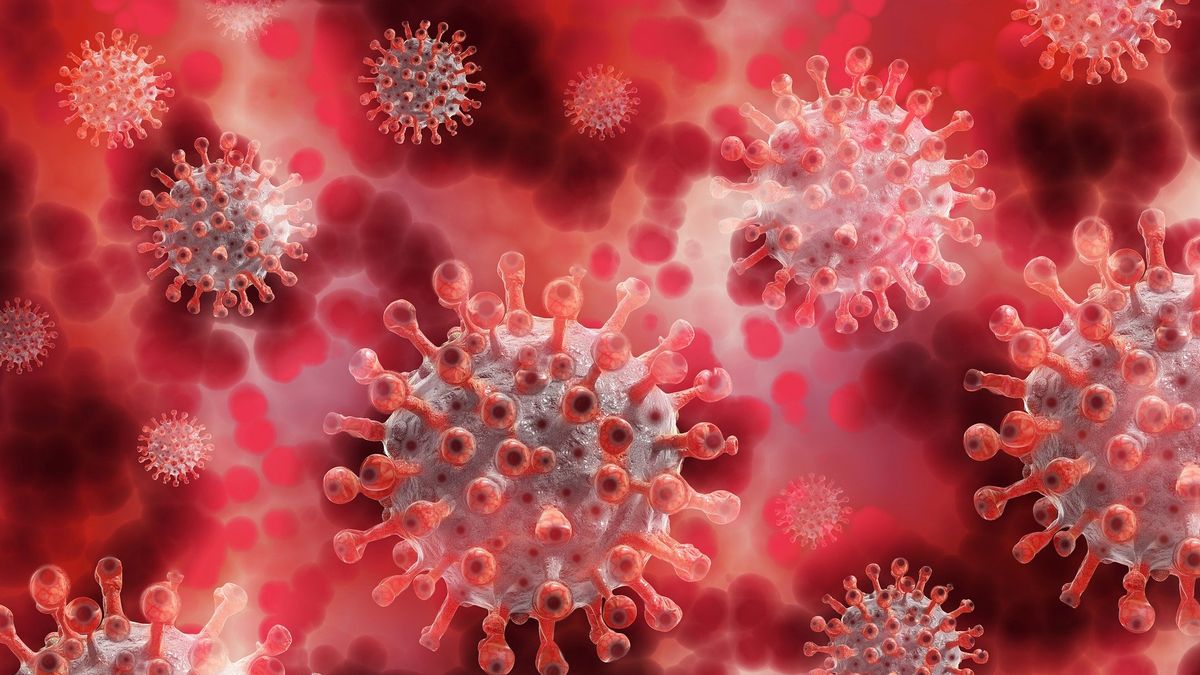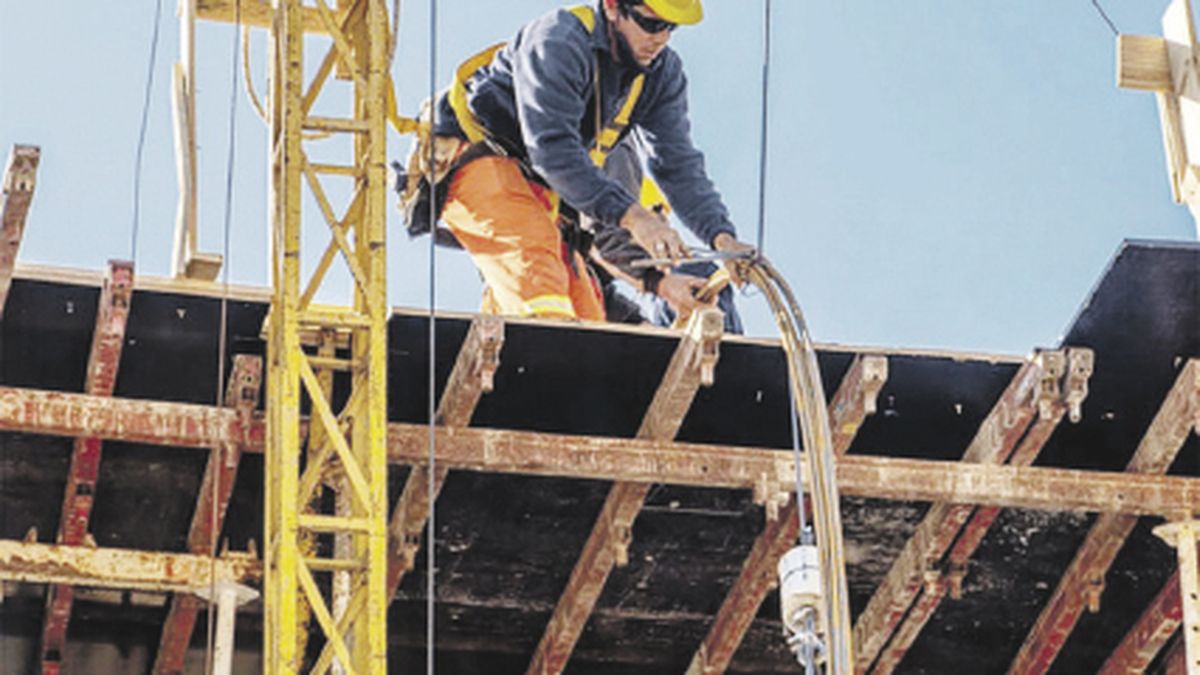The last and new variant is called JN1. With more than 25 mutations, learn the most frequent symptoms and what this new post-coronavirus era is all about.
We have come a long way since arriving in the world of coronavirus in Wuhan (China) and from there to the rest of the world, starting one of the longest pandemics in human history. In these three long years, the fight against Covid-19 It had many edges in which vaccines of different platforms – along with collective care measures – played a fundamental role in the face of the emergence of multiple circulating variants.
The content you want to access is exclusive to subscribers.
The last and new variant, which emerged worldwide in the last months of 2023, is the so-called JN1. This emergence can be explained by the festive periodswhich favor the multiple social gatherings in closed placesthe rise of national and international tripsthe decrease in personal and collective care and the drop in vaccination rates against Covid-19.

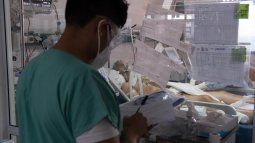
Furthermore, the new variant has 30 mutations more than any other to evade immunity, that is why it has the ability to be transmitted very efficiently, which translates into a high level of contagion or infectivity. It should be noted that it is not more aggressive or virulent than the other variants.
covid.jpg
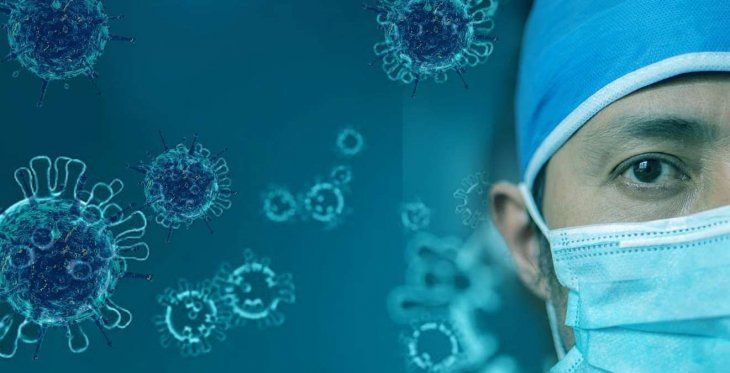
Pixabay
The most frequent symptoms are rhinorrhea (nasal secretions) high fever, muscle pains and joint and sore throat. We must remember that contagion occurs one or two days before symptoms appear, and for two or three days while symptoms remain. The virus remains detectable for up to a week after symptoms begin.
The World Health Organization (WHO) stressed the fundamental importance of maintaining two pillars in the fight against Covid-19:
- Keep the Vaccination schedule updated: current coronavirus vaccines cover this new variant (JN1). Currently, the Ministry of Health recommends vaccination in patients without risk factors once a year, and every 6 months for those over 65 years of age and/or with a chronic disease, immunocompromised or with associated comorbidities.
- Maintain personal care: the use of a mask is suggested in patients with respiratory symptoms such as cough, nasal and/or bronchial secretions in closed places, especially if they go to a hospital or health center, to prevent spread through the air. secretions emitted by air. Maintain frequent hand washing and cross ventilation of the environments.
China Shanghai covid-19 restrictions
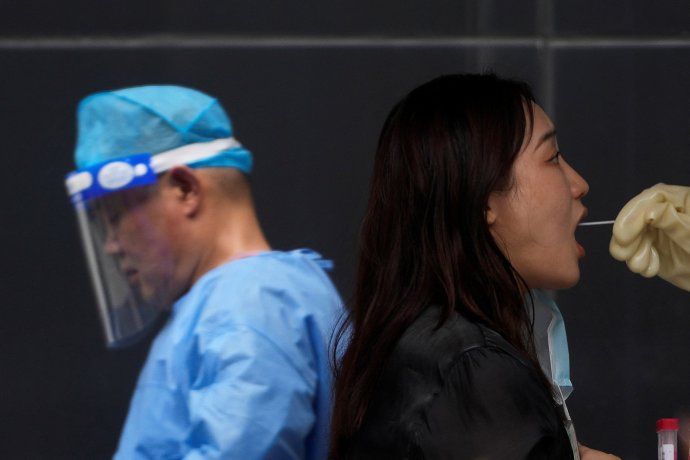
Photo: Reuters
So should we worry? The emergence of new variantsthe high circulation viral that is still observed in the world – especially in insufficiently vaccinated populations – added to a greater movement of peopledetermines the continued recirculation of the virus worldwide. However, we can say that we are currently in another era of Covid-19which is the era post-vaccinationwhere the disease that at one time had a high mortality and morbiditynow you have milder symptoms and outpatient follow-up.
We must remember that this achievement was achieved thanks to the collective vaccinationin the same way that other infections of high harmful potential and mortality as are those caused by influenza and pneumococcus. That said, it is important to take global awareness in strengthening the policies of vaccination against Covid-19 by each of the local health entities and the entire population.
By Dr. Laura Pulido (MN 127115), coordinator of the Infectious Diseases Section of the Argentine Association of Respiratory Medicine (AAMR).-
Source: Ambito
David William is a talented author who has made a name for himself in the world of writing. He is a professional author who writes on a wide range of topics, from general interest to opinion news. David is currently working as a writer at 24 hours worlds where he brings his unique perspective and in-depth research to his articles, making them both informative and engaging.

